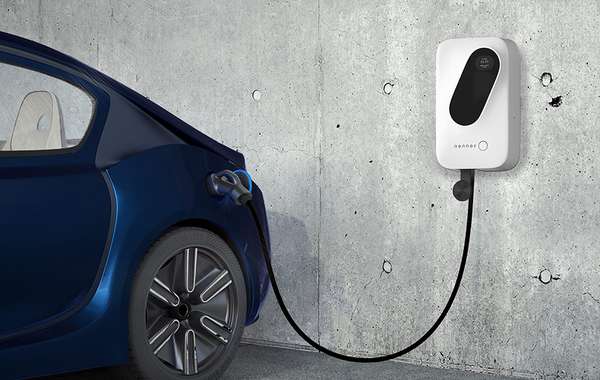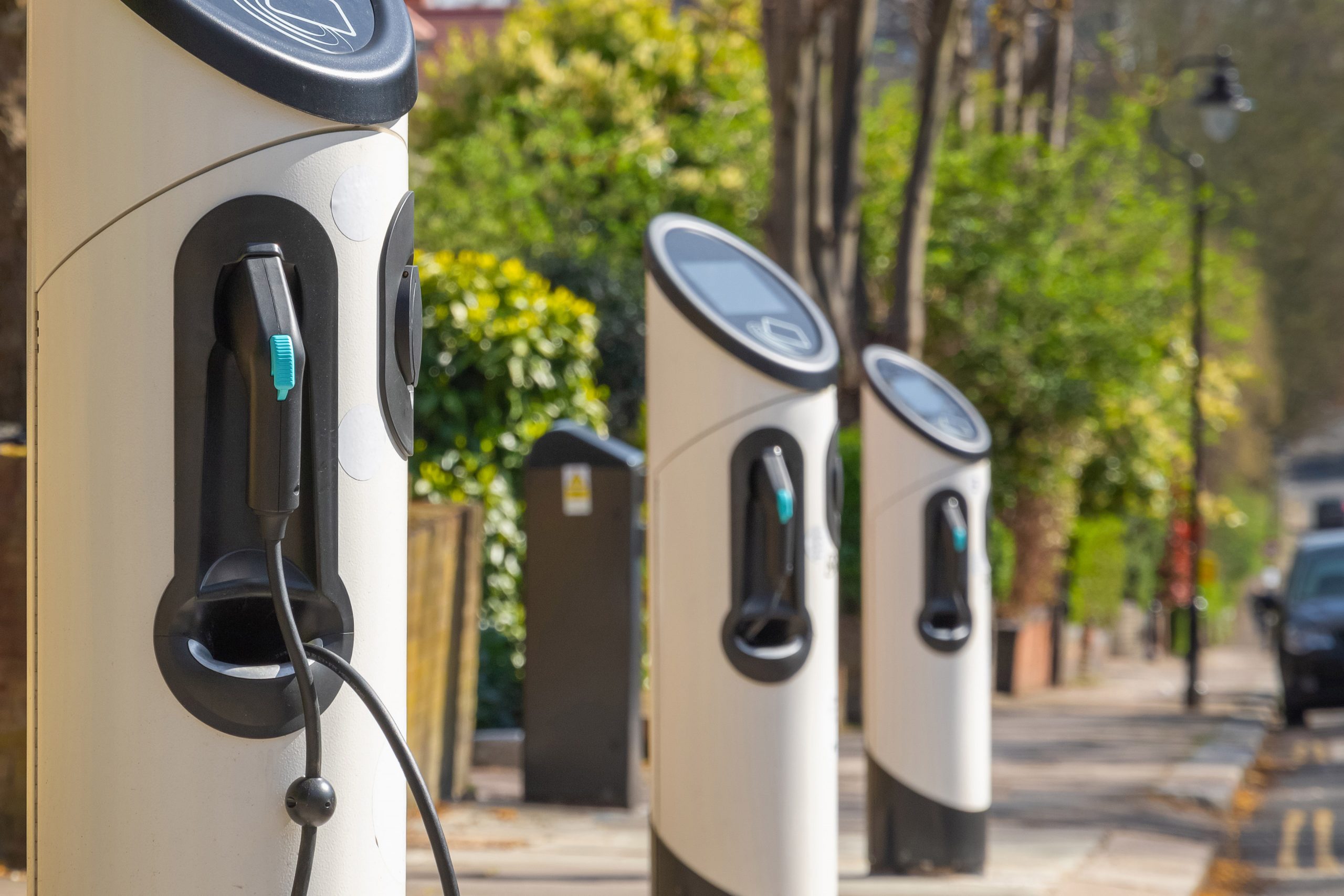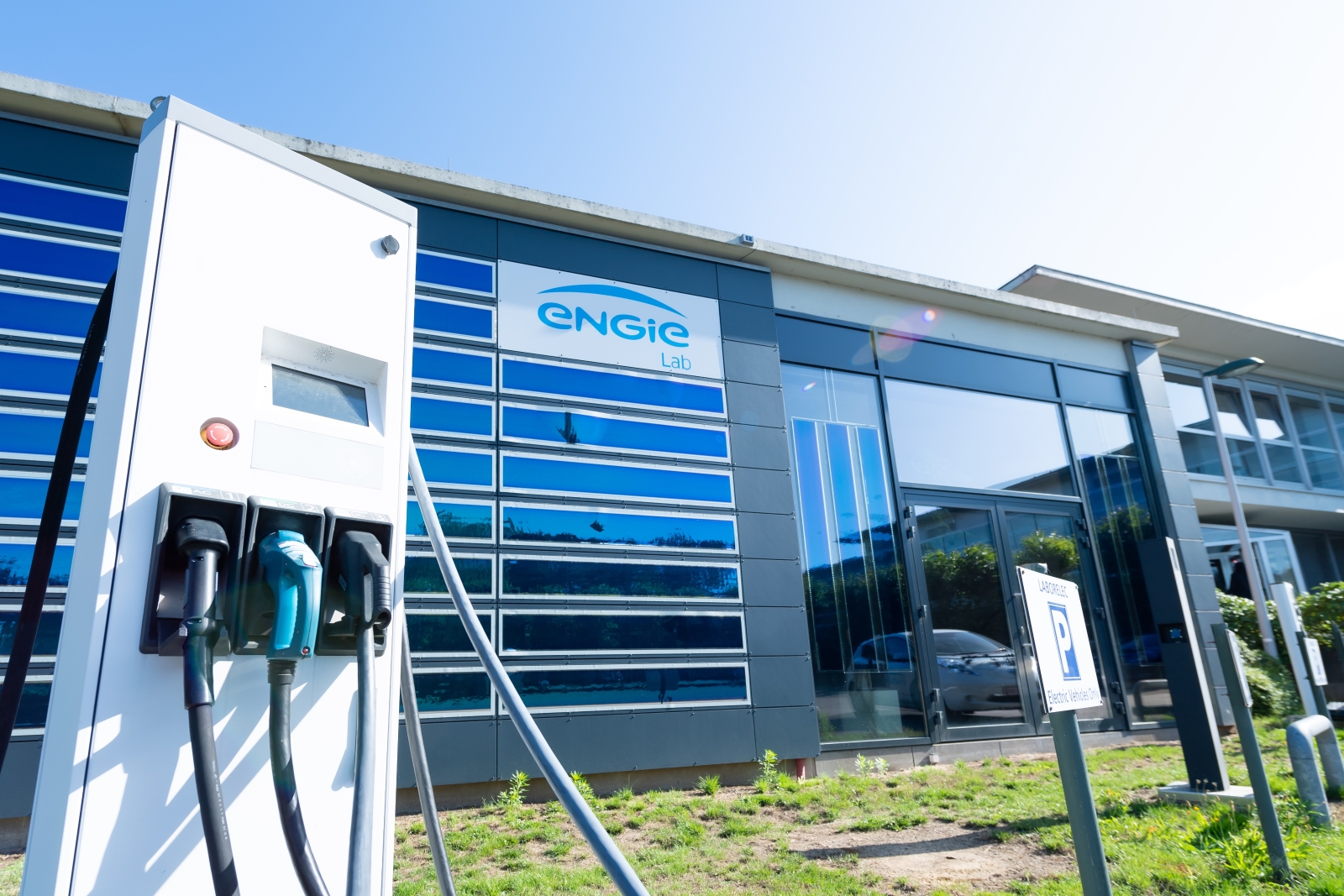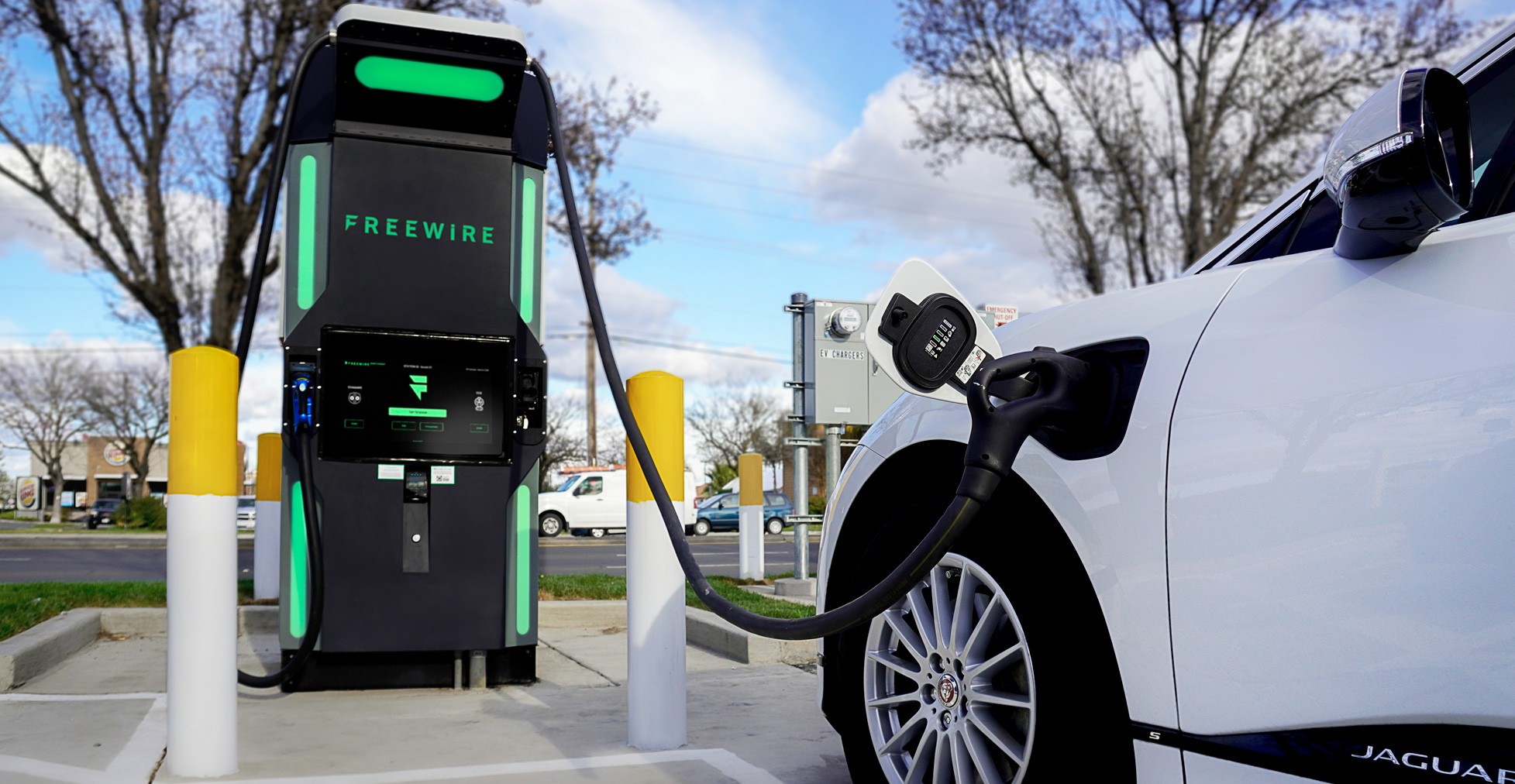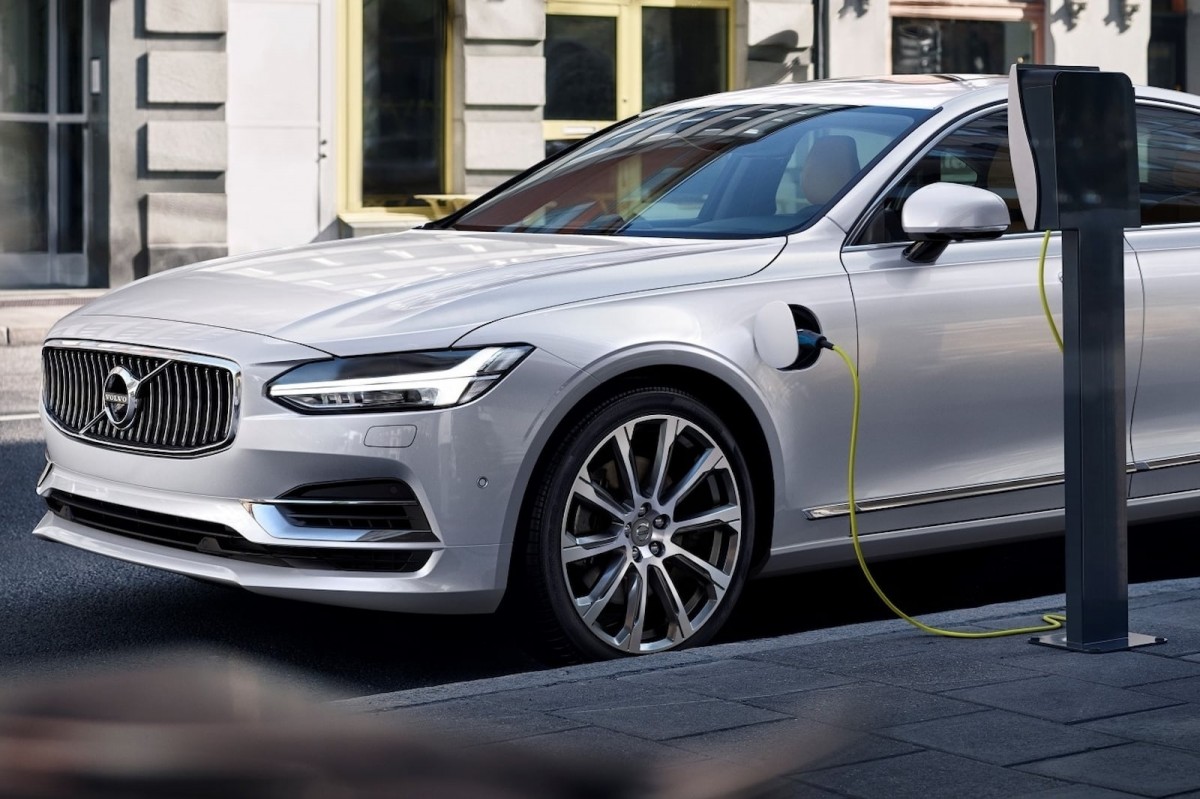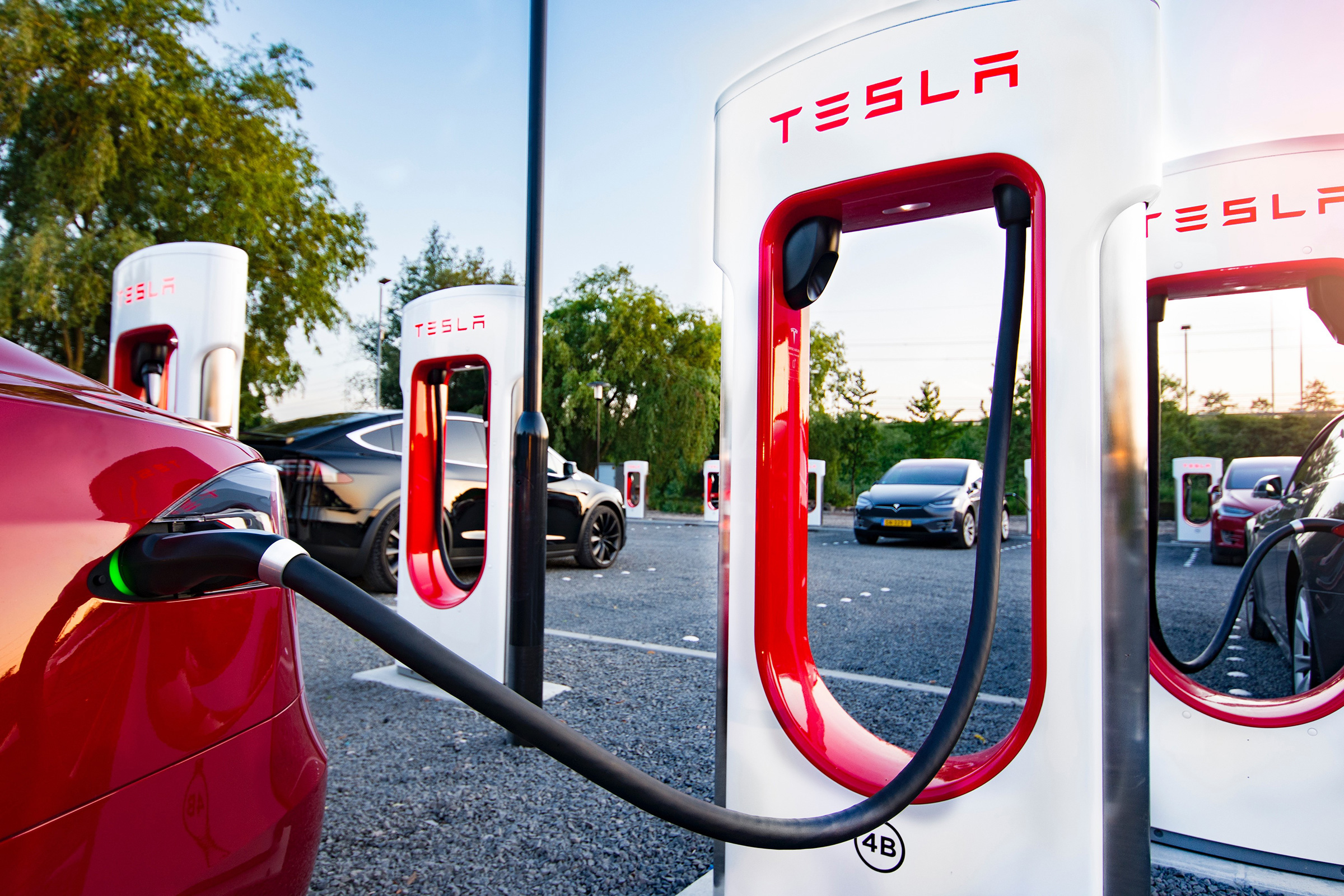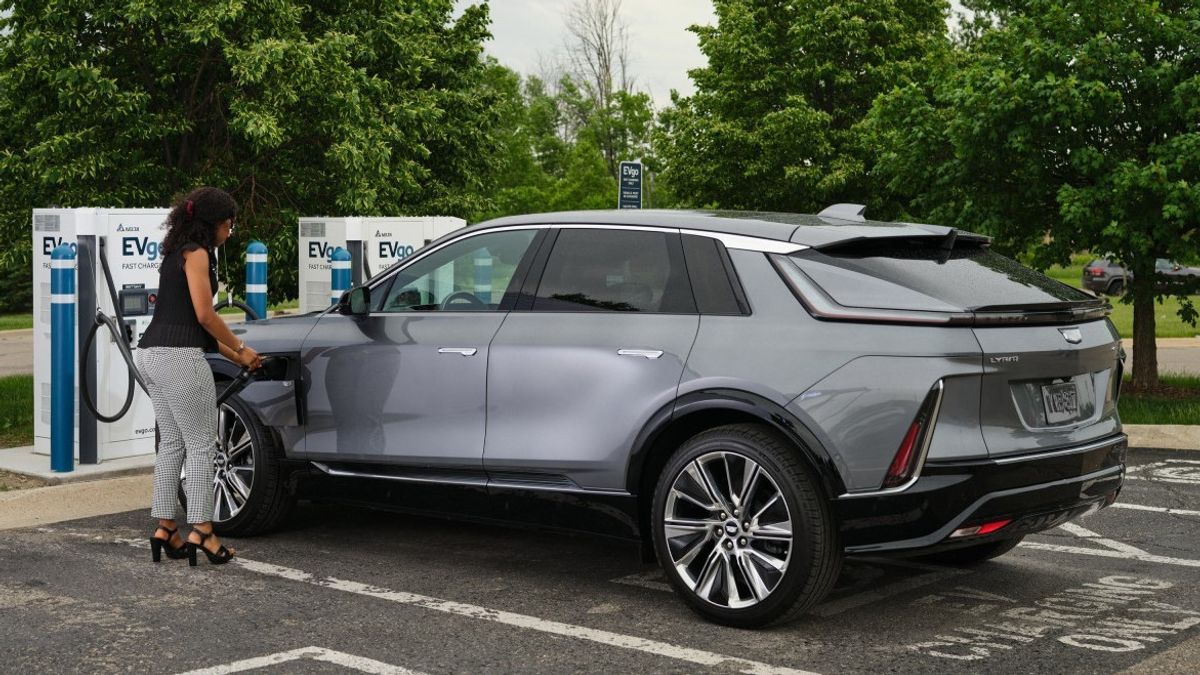The concept of off-peak hour to charge the EV seems to be abandoned. So for EV owners, it’s better to charge the vehicle during the day, not at night.
According to a study from Stanford University, the research team found that the pricing scheme designed to make consumers consume more power at night. At night, the so-called “off-peak hour” does not show electricity savings.
“We were able to show that with less charging at home and more charging during the day, the US West would require less generating and storage capacity, and would not waste as much energy from solar and wind power,” said Siobhan Powell, author the main study. California now generates excess electricity in the morning and evening, mainly due to solar-panel capacity.
The most efficient and cheapest way to use that power is when it’s generated, so it makes sense to charge the EV at those times (during the day).
If EV owners continue to wait until nightfall to charge, then the country will need to invest heavily in expensive energy generation kits, or more generators likely to be powered by natural gas.
In fact, the study found that at the local level only a third of homes in certain neighborhoods charge their EVs after 11 PM (or whenever electricity rates drop) which makes the local power grid unstable.
Across the U.S. The West (whose power usage is very closely related to California), after a 50% switch to EV, the region will require 5.4 gigawatts of energy storage, the equivalent of five large nuclear power reactors.
The study authors therefore suggest that making changes to pricing schemes for specific regions will help to take advantage of the network’s natural rhythms.
Then stop charging commercial and industrial customers based on usage, which they say reduces workplace incentives to install EV chargers. With this change, storage requirements can be reduced from 5.4 gigawatts to 4.2 gigawatts.
Charging infrastructure is still the main problem of EV adoption, Ford CEO says

